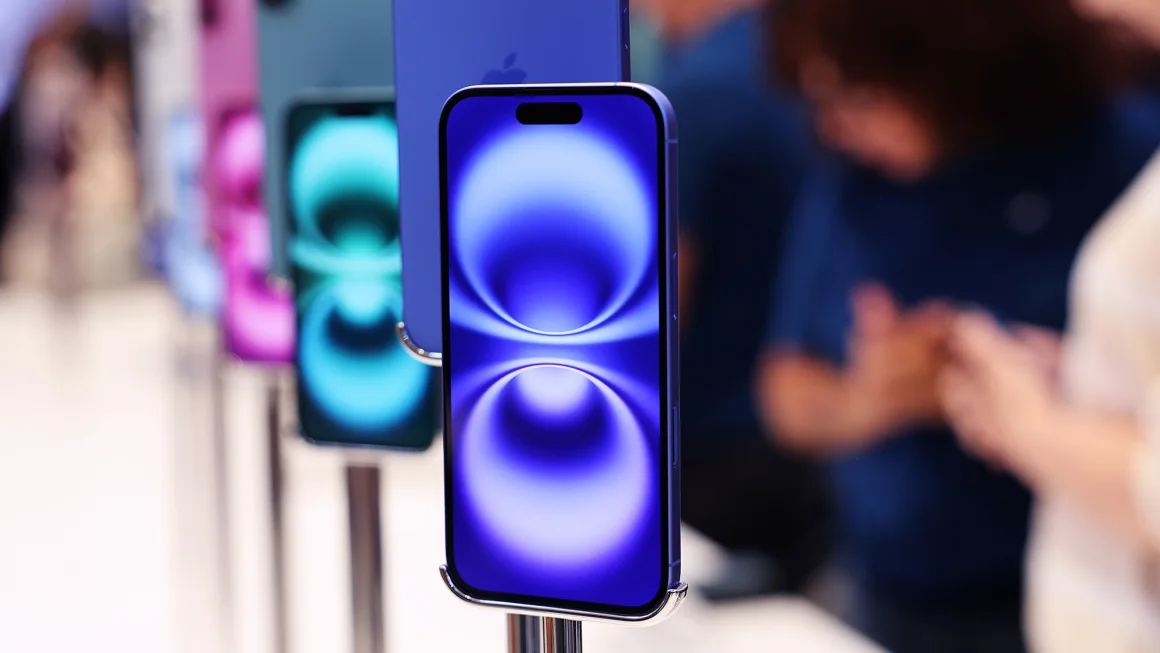Apple is set to deliver critical announcements today, Monday, June 9, 2025, at its annual Worldwide Developers Conference (WWDC). The keynote, themed “on the horizon,” kicks off at 1 PM ET from Cupertino, California.
This event is where the tech giant traditionally unveils major software updates for its billions of devices globally. After recent high-profile announcements, like the Vision Pro headset and initial Apple Intelligence AI tools, have largely underperformed expectations, Apple is under pressure to deliver a significant win.
The Stakes Are High for Apple Intelligence
Apple’s AI strategy, dubbed “Apple Intelligence,” faces increasing scrutiny amid fierce competition.
Modest AI Updates Expected
The iPhone maker is widely expected to announce relatively modest enhancements to its Apple Intelligence suite of AI features. These updates may include new translation capabilities and broader changes affecting iPhones, AirPods, Apple Watches, and other devices. However, skepticism remains following the muted reception of previous AI initiatives.
Past AI and Hardware Challenges
The major announcements from the past two years – the Vision Pro headset and the initial Apple Intelligence AI tools – largely failed to live up to their initial hype. The Vision Pro, marketed as the future of computing, remains an expensive, niche product since its release last year. Furthermore, Apple Intelligence features, widely perceived as a reactive move to competitors, were slow to reach devices after the iPhone 16 launch. The promised AI-enhanced Siri, unveiled at last year’s WWDC, has been indefinitely delayed.
Lagging in the AI Race
Meanwhile, rivals have forged ahead significantly in the AI space. Google, for instance, announced a flurry of updates last month, including more advanced AI search, shopping, and productivity capabilities. Beyond the intense AI competition, Apple is also navigating a challenging year, marked by slow iPhone sales growth and a trade war that could force price increases.
Consumer Confidence Concerns
Despite a massive installed base of over 2 billion active devices, which ensures wide adoption of any new software, some critics worry about consumer perception. The delay of AI-enhanced Siri has led skeptics to suggest that consumers might begin looking towards other companies’ devices for more powerful AI features.
As Baird Managing Director Ted Mortonson told CNN, Apple risks “iOS displacement and people saying it’s no longer cool” if influencers or everyday users gravitate to competitor phones like Samsung or Google Pixel for superior AI experiences. Industry observers, such as Forrester senior analyst Andrew Cornwall, predict Apple’s updated AI capabilities will be “at least equivalent” to earlier versions of OpenAI’s ChatGPT but may still lag behind leading rivals.
Rumored Major Updates at WWDC
Speculation abounds regarding several key announcements expected today.
Live Translation for AirPods
A significant update for AirPods is anticipated, potentially enabling live translation for in-person conversations, according to Bloomberg’s Mark Gurman. This feature would allow an English-speaking user to have their conversation partner’s foreign language translated directly into their ears via AirPods. Simultaneously, the user’s iPhone would translate their English speech back into the other language.
This offering could enhance AirPods’ competitiveness against rival products that already offer live translation, such as Google’s Pixel Buds or Meta’s Ray-Ban smart glasses. Automatic translation is also rumored for the Messages app, alongside support for conducting polls within the app, as reported by Apple blog 9to5Mac.
Enhancements to Apple Intelligence
The pressure is on Apple to demonstrate that Apple Intelligence justifies purchasing a new iPhone or Mac. Reports suggest Apple will likely build upon last year’s announcements rather than unveiling entirely new, massive AI updates. Among the biggest rumored updates is the opening of Apple’s AI models to third-party developers. This could lead to a proliferation of apps built directly on Apple’s AI technology.
For consumers, significant AI-related changes might include a new feature utilizing AI to preserve battery life and an AI-powered health coach. Forrester Vice President and Principal Analyst Thomas Husson noted these possibilities ahead of the event, with Bloomberg also previously reporting on both features.
The AI-powered “battery management” feature would reportedly adjust power consumption by apps based on user trends. This tool could be particularly useful for the rumored slimmer iPhone “Air” model, expected later this year, which may feature a less powerful battery. Gurman also reported on the new health app and AI health coach, internally codenamed “Project Mulberry.”
This system would aggregate data from users’ iPhones, Watches, and other devices to provide personalized health recommendations. Apple has reportedly enlisted health experts to create videos on various conditions, which the AI health agent could recommend to users.
A New Look: iOS 26 and Beyond
Beyond AI, Apple’s operating systems are rumored to receive a significant visual refresh and a new naming convention.
Redesigned User Interface
Rumors suggest Apple’s core operating system will receive a fresh visual overhaul. This effort, reportedly dubbed “Solarium” internally, is said to include more glassy, translucent windows and notifications. These design elements would allow background images to subtly peek through, reminiscent of how the Vision Pro’s display allows users to see their natural surroundings.
While aesthetically pleasing, this could provoke mixed reactions from iPhone owners, as consumers are “creatures of habit” and “change is always resisted before it’s embraced,” according to Carolina Milanesi, president and principal analyst at Creative Strategies.
OS Naming Convention Shift
Traditionally, Apple’s operating system releases increment their version number by one each year (e.g., iOS 17 to iOS 18). However, the software update announced today is expected to jump directly to iOS 26. This new naming convention will reportedly extend to macOS, iPadOS, watchOS, tvOS, and visionOS, as Gurman reported last month.
This change would align the OS naming with the year of primary use, as the announced version will be active on Apple devices from September 2025 through September 2026. It would also create a consistent naming scheme across all of Apple’s devices, which currently have differing version numbers due to varied release years (e.g., macOS 15 and watchOS 11).








